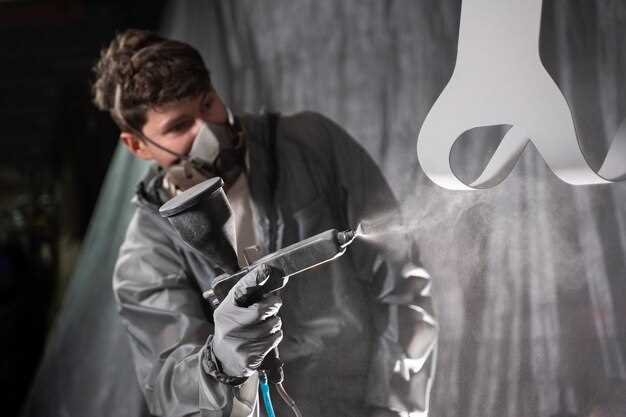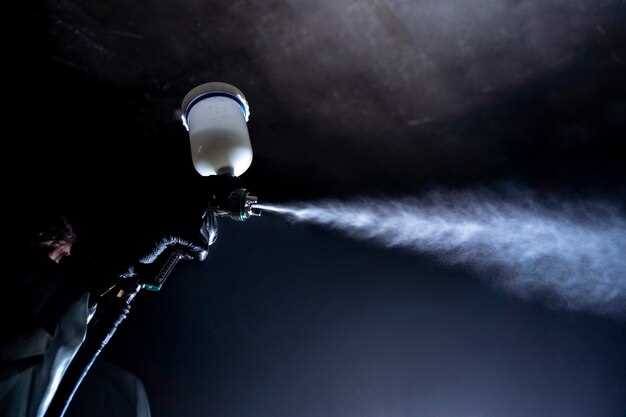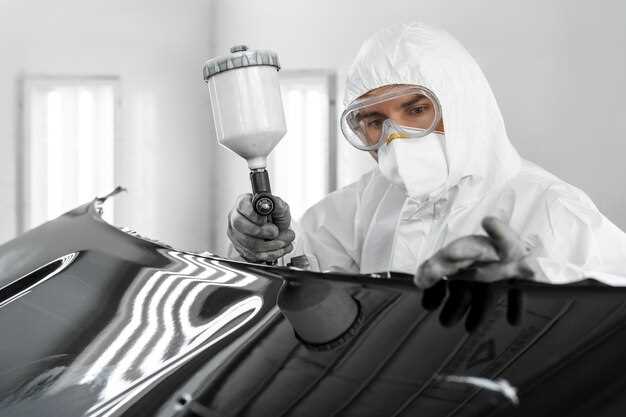
In the automotive industry, the process of painting vehicle surfaces is crucial for both aesthetic appeal and protection against environmental elements. One of the recent advancements in this area is the application of infrared curing technology. This method utilizes infrared radiation to heat and cure paint coatings rapidly, offering several advantages over traditional curing techniques.
Firstly, infrared curing significantly reduces drying times, enabling quicker production cycles and lower operational costs. With the ability to cure paint in mere minutes rather than hours, manufacturers can increase their throughput without compromising on quality. This efficiency shift not only benefits production schedules but also enhances the overall productivity of painting facilities.
Additionally, infrared technology promotes improved adhesion and durability of the coatings. By providing uniform heat distribution, infrared curing ensures that paint cures evenly, minimizing the risk of defects such as bubbling or sagging. This results in a harder, more resilient finish that stands up to the rigorous demands of automotive use.
Another noteworthy benefit is the potential for energy savings. Infrared systems consume less energy compared to traditional ovens, leading to a lower carbon footprint and reduced operational expenses. Overall, the integration of infrared curing in automotive painting not only transforms production practices but also contributes to sustainable manufacturing initiatives.
Improved Paint Adhesion and Durability

Infrared curing technology significantly enhances paint adhesion and durability in automotive painting processes. By applying infrared radiation, the paint layer is rapidly heated, leading to a more uniform curing process. This uniformity is crucial because it reduces the likelihood of weak spots that can compromise the integrity of the paint film.
One of the primary advantages of infrared curing is its ability to achieve optimal chemical bonding between the paint and the substrate. The heat accelerates the drying time, allowing the paint to bond more effectively with the surface of the vehicle. This results in a strong, lasting adhesion that withstands environmental stressors like UV exposure, temperature fluctuations, and moisture.
Moreover, the improved adhesion provided by infrared curing also translates into enhanced resistance to chipping and scratching. Vehicles painted with this method tend to exhibit a longer lifespan, maintaining their aesthetic appeal despite exposure to harsh conditions. This durability not only enhances the vehicle’s appearance but also reduces the need for frequent repainting, leading to cost savings in maintenance over time.
In conclusion, infrared curing offers substantial benefits in terms of paint adhesion and longevity. Its ability to uniformly heat and cure paint results in a superior bond, making it an invaluable option for modern automotive painting applications.
Reduced Cycle Time and Increased Production Efficiency
Infrared curing technology significantly reduces cycle times in automotive painting processes. Traditional curing methods, often reliant on convection or forced air, require extended periods to achieve the desired drying and hardening of paint. Infrared curing, on the other hand, utilizes targeted heat application, which accelerates the drying process by directly warming the paint surface. This mechanism allows for quicker transitions between painting and subsequent processes, such as inspections and assembly.
The efficiency gained from using infrared curing translates to enhanced production throughput. By minimizing the time it takes for paint to cure, automotive manufacturers can increase the number of vehicles painted within a given timeframe. This improvement in cycle time not only boosts productivity but also optimizes resource allocation, as production lines can operate more smoothly without prolonged interruptions.
Moreover, the immediate curing capabilities of infrared technology reduce the likelihood of defects that can arise from prolonged exposure to environmental factors during drying. With quicker curing, the paint retains its quality and finish, leading to fewer rework instances. This not only streamlines the overall manufacturing process but also enhances the quality of the final product, fostering better customer satisfaction.
Ultimately, the adoption of infrared curing in automotive painting enables manufacturers to achieve higher output without sacrificing quality, making it a strategic choice for businesses aiming to enhance efficiency in their production processes.
Energy Savings and Lower Operational Costs

Infrared curing technology presents significant energy savings compared to traditional curing methods in automotive painting. By utilizing infrared radiation, the curing process allows for faster heat penetration and more efficient curing of coatings. This translates to reduced energy consumption as less time and power are needed to achieve the desired finish.
As infrared systems operate at lower temperatures, they further contribute to energy efficiency. Many traditional curing methods require much higher temperatures to activate the curing process, which not only consumes more energy but also demands more from the heating systems, thus increasing wear and maintenance costs. The precise control of infrared technology allows manufacturers to optimize energy use, minimizing waste and operational expenses.
Moreover, the speed of infrared curing contributes to shorter cycle times in production. Quick drying means less time spent in the curing booth, allowing for faster turnaround on painting jobs. This efficiency can lead to higher throughput, enabling manufacturers to increase production rates without incurring additional costs for labor or equipment. The ability to quickly cycle vehicles through the painting process ultimately results in lower overall operational costs.
In addition, the low thermal mass of infrared systems ensures that they heat up rapidly, which further reduces idle energy consumption. There’s no need for prolonged heating periods, allowing manufacturers to optimize operational hours and reduce energy bills. Overall, the adoption of infrared curing can lead to significant energy and cost savings, making it an attractive option for automotive paint applications.

